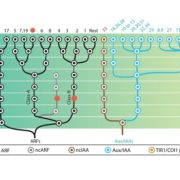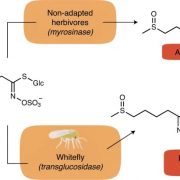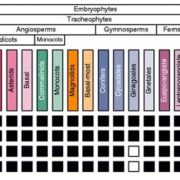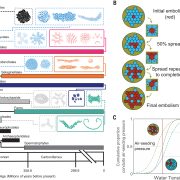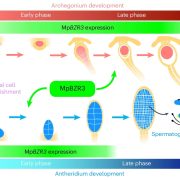Primula vulgaris (primrose) genome, and the heterostyly supergene (Sci. Reports)
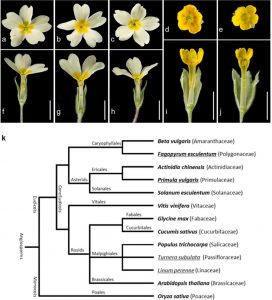 Floral heteromorphy (differences in form) in Primula has long been of interest to plant biologists. Over 150 years ago, Charles Darwin recognized the importance of this floral anatomy for promoting cross-pollination. In heterostylous Primula species, plants produce either, pin or thrum flowers. Pins have a long style and low anthers, whereas thrums have a short style and elevated anthers. This arrangement physically promotes cross-pollination. Here, Cocker et al., describe the 411 Mb P. vulgaris genome, show that there are more genes twice as many genes upregulated in thrum flowers than are upregulated in pin flowers. The authors define the conserved structure and expression of the S (Style length) locus genes in thrum, suggesting that the thrum-specific architecture of the Primula S locus is an evolutionary-conserved feature. (Summary by Katie Rogers) Sci. Reports 10.1038/s41598-018-36304-4
Floral heteromorphy (differences in form) in Primula has long been of interest to plant biologists. Over 150 years ago, Charles Darwin recognized the importance of this floral anatomy for promoting cross-pollination. In heterostylous Primula species, plants produce either, pin or thrum flowers. Pins have a long style and low anthers, whereas thrums have a short style and elevated anthers. This arrangement physically promotes cross-pollination. Here, Cocker et al., describe the 411 Mb P. vulgaris genome, show that there are more genes twice as many genes upregulated in thrum flowers than are upregulated in pin flowers. The authors define the conserved structure and expression of the S (Style length) locus genes in thrum, suggesting that the thrum-specific architecture of the Primula S locus is an evolutionary-conserved feature. (Summary by Katie Rogers) Sci. Reports 10.1038/s41598-018-36304-4



